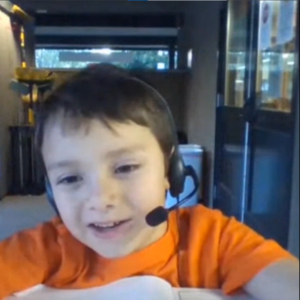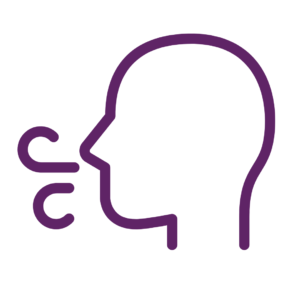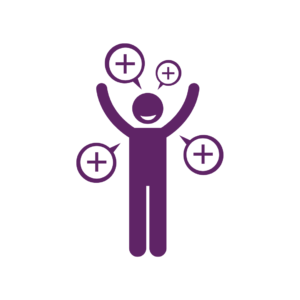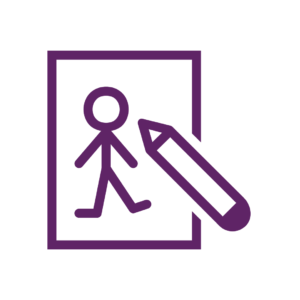Helping Your Student Engage, Feel Calm, and Focus
Our brains are designed for learning. However, stress and uncertainty can make learning difficult or impossible. Educators use many strategies and approaches to prepare students’ brains for learning by helping them feel connected and engaged, safe and calm, and ready to focus. These strategies and approaches are called social and emotional learning.
At the beginning of each session, it’s a great idea to check in using a 2-5 minute social and emotional learning activity. You can try a different 2-5 minute check-in activity every time, or start every session with the same activity that you both enjoy.
A social and emotional learning check-in gives both you and your student a chance to focus your minds on the tutoring session (instead of whatever happened just before, or will happen afterwards). It is also a chance to practice social skills, such as self-advocacy.

Self-advocacy during a check-in: A check-in provides a specific time for your student to communicate with you and to choose another activity for your session if needed. Maybe it’s not a great day for academic learning because something upsetting happened at school. Instead, try an activity or lesson plan from our Social and Emotional Learning Program.
Tools & Tips for Social and Emotional Learning
Some check-ins that help with social and emotional learning are:

Take deep “belly” breaths together. This can include simply focusing on your breathing or counting your breaths (for example, breathe in for 4 seconds, hold for 4 seconds, breathe out for 4 seconds, hold for 4 seconds, repeat).

Name and/or write down 3 things you each feel grateful for. If your student can’t write yet, you can write it down for them!

Create a mantra together. For example, an affirmation or motivational quote that speaks to your student.

Name how you each feel, with or without a feelings chart. A feelings chart can help younger students learn complex feelings, and can help older students come up with more specific answers.

Try this “The Power of Yet!” activity. Brainstorm the answers with your student. Remind them that our successes come from working at it!

Describe or draw a calm and peaceful place, and imagine yourselves visiting there. Share how it looks, sounds, smells, feels, and if there are any tastes there.

Practice a relaxing body scan together. Starting at your head or your toes, choose one body part at a time to squeeze and make tense, then let relax completely.

Take 2-5 minutes to color, draw freely, or complete a maze.
These are just examples! Feel free to use these or find your own. Find more examples here and here.
Instructions for mindfulness practices often suggest 10, 20, or more minutes to complete an activity. However, this amount of time takes a lot of practice, and may not be developmentally appropriate for younger students. Please spend no more than 5 minutes on any given Social and Emotional Learning check-in with your School on Wheels student. If you were unable to complete the full activity in 5 minutes and you’re both interested in continuing, you can always return to the activity during a future session.
Do you have a fantastic check-in activity that you’d like to share with other tutors? Click here to share it.
Click the links below to return to your program page:
